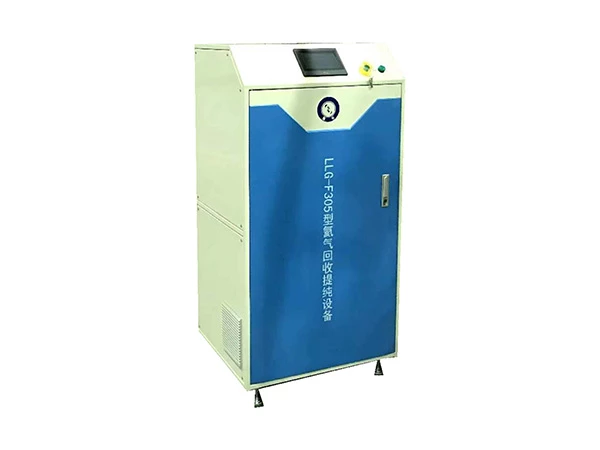Introduction
In various industries such as aerospace, automotive, medical devices, and manufacturing, the detection and prevention of leaks is of utmost importance. Helium leak rate testing has emerged as a critical method for ensuring product reliability and safety. This article aims to explore the significance of helium leak rate testing and its applications across different sectors.
Ensuring Product Integrity
Helium leak rate testing plays a pivotal role in ensuring the integrity and quality of various products. By detecting and quantifying even the smallest leaks, it helps prevent potential catastrophic failures or malfunctions. From fuel systems in aircraft to medical devices like pacemakers, accurate leak rate testing guarantees that products meet the required performance standards.
Safety Assurance
The safety of both individuals and the environment is paramount in industries dealing with hazardous substances. Helium leak rate testing enables the identification of leaks that may lead to the release of toxic gases, flammable materials, or other harmful substances. By promptly identifying and mitigating these leaks, potential accidents and environmental damage can be prevented.
Regulatory Compliance
Numerous industries are subject to stringent regulatory guidelines that mandate leak rate testing to ensure compliance. Helium leak testing is often specified by regulatory bodies due to its accuracy and reliability. By adhering to these regulations, manufacturers demonstrate their commitment to quality control and safety standards.
Cost-Effectiveness
While helium leak testing may initially involve a higher investment compared to other methods, it offers long-term cost savings. Early detection of leaks prevents expensive repairs, potential recalls, or warranty claims. By identifying and rectifying issues early in the manufacturing process, companies can avoid costly production delays or rework.
Improved Efficiency
Helium leak rate testing allows for swift and accurate identification of leaks, reducing the time and effort required for troubleshooting. It enables pinpointing the exact location of a leak, facilitating prompt repairs or replacements. By streamlining the testing process, overall production efficiency is enhanced.
Diverse Industry Applications
Helium leak rate testing finds applications across various industries. In the automotive sector, it ensures the airtightness of fuel tanks, air conditioning systems, and exhaust components. In the pharmaceutical industry, it validates the integrity of packaging materials to prevent contamination. Additionally, it is extensively used in semiconductor manufacturing, HVAC systems, and power generation equipment.
Technological Advancements
Ongoing advancements in helium leak rate testing technology have further enhanced its capabilities. Modern techniques such as mass spectrometry and sniffer-based methods offer higher sensitivity and faster detection rates. The integration of automation and robotics has improved testing precision, repeatability, and scalability.
Conclusion
Helium leak rate testing is a critical process that ensures product reliability, safety, and regulatory compliance. Its significance spans across industries, safeguarding individuals, the environment, and reducing costs associated with potential failures. As technology advances, helium leak rate testing is expected to become even more precise, efficient, and integral to quality control measures.








